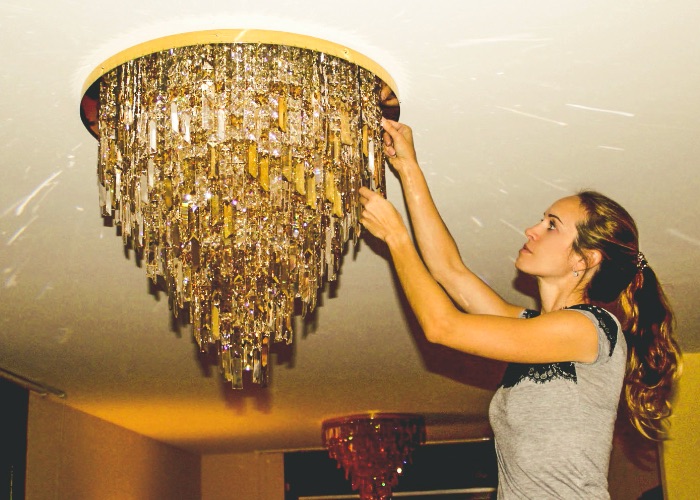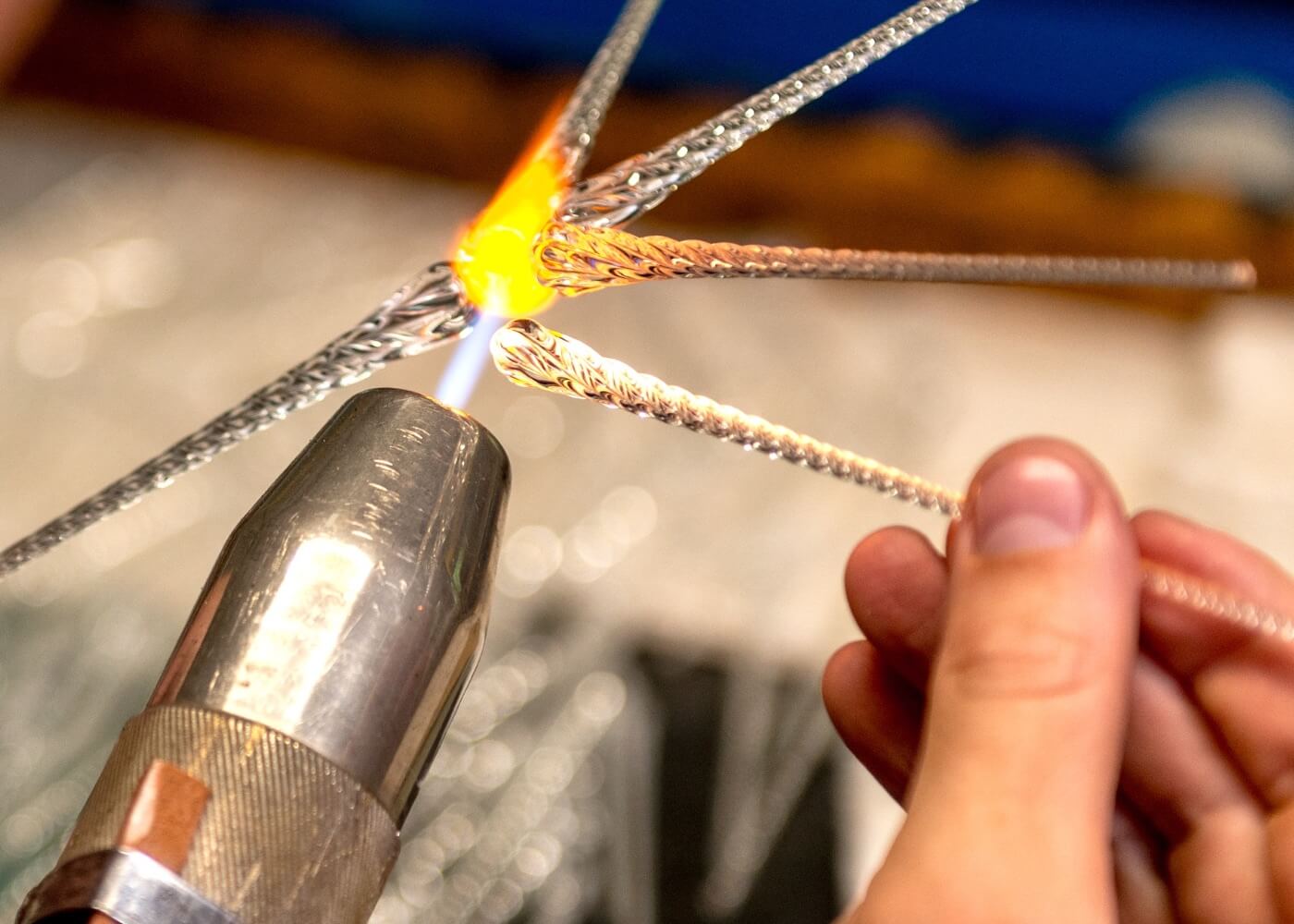Long tradition of prestigious Bohemian Crystal
Czech glass is a symbol of quality, craftsmanship, unique style and beauty. Bohemian crystal chandeliers cast a spectrum of colours and the higher the lead content is, the more the chandelier sparkles.
Czech crystal chandeliers were a sign of wealth and became as prestigious as expensive jewellery. The glitter of Czech crystal chandeliers enhances the brilliance of castles and palaces; they illuminate parliaments, governmental residences, universities, concert halls, cathedrals and churches across the world. For instance, Czech crystal chandeliers hang in Milan's La Scala, in Rome's Teatro dell’Opera, in the hall of Mirrors in the Palace of Versailles, in the Hermitage Museum in Saint Petersburg and in the residence of King Ibn Saud in Riyadh.
READ MORE
Bohemian glass has a long tradition; it has been produced since the 13th century in the regions of Bohemia and Silesia (now in the northern part of Czech Republic). During the 17th century, Bohemia became the world centre of crystal glass production with important technological discoveries which led to the formation of a pure colourless glass called « Czech crystal » which was an absolute innovation in the crystal glass industry for more than a century.
Later on, we found out that adding lead oxide considerably improved the crystal's optical qualities. That is how leaded crystal was discovered. The presence of lead softens the glass and makes it more suitable for cutting and engraving and at the same time it increases the weight of the glass and causes the glass to refract light much more. Crystal can consist of up to 35% lead, at which point it sparkles the most. There is no health risk with lights containing lead oxide. Swarovski has developed a lead-free crystal, which has similar refractive index to lead crystal, but is lighter and has less dispersive power. Therefore the crystal is cut with more facets, and gives a very similar sparkle and refraction as lead crystal. Any light from our offer can be produced with Swarovski crystals.
In the European Union, labelling of « crystal » products is regulated by Council Directive 69/493/EEC. Only glass products containing at least 24% of lead oxide may be referred to as « lead crystal ». Products with less lead oxide, or glass products with other metal oxides used in place of lead oxide, are labelled « crystalline » or « crystal glass ».








